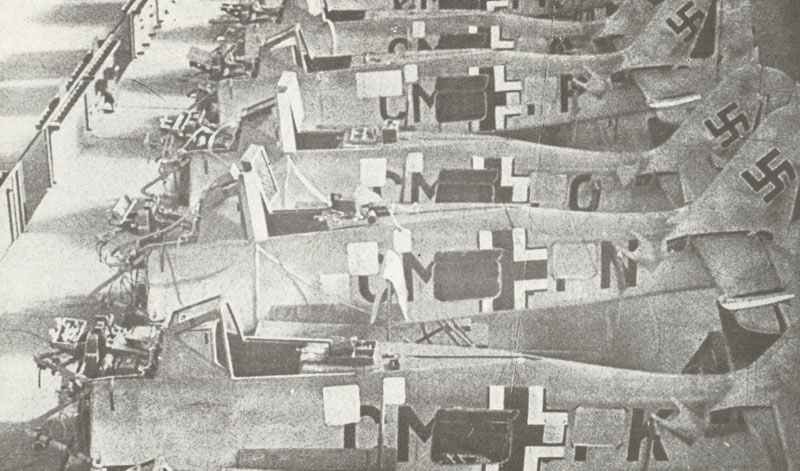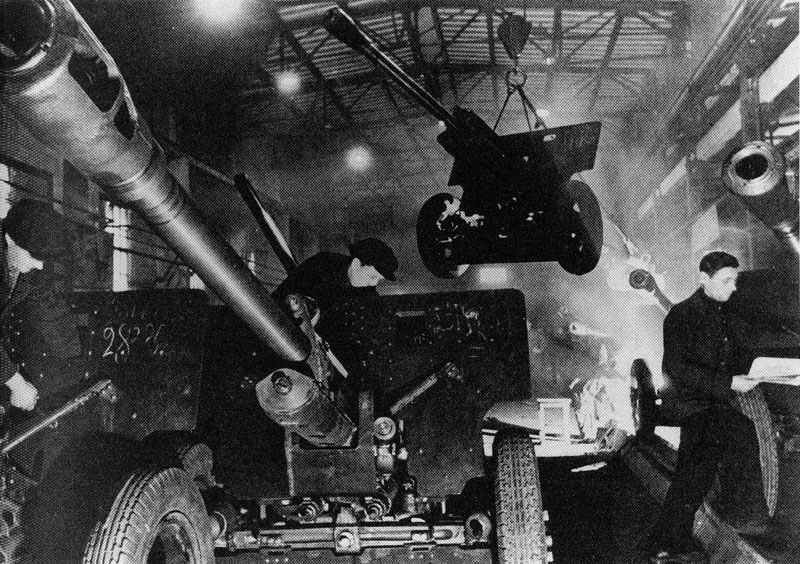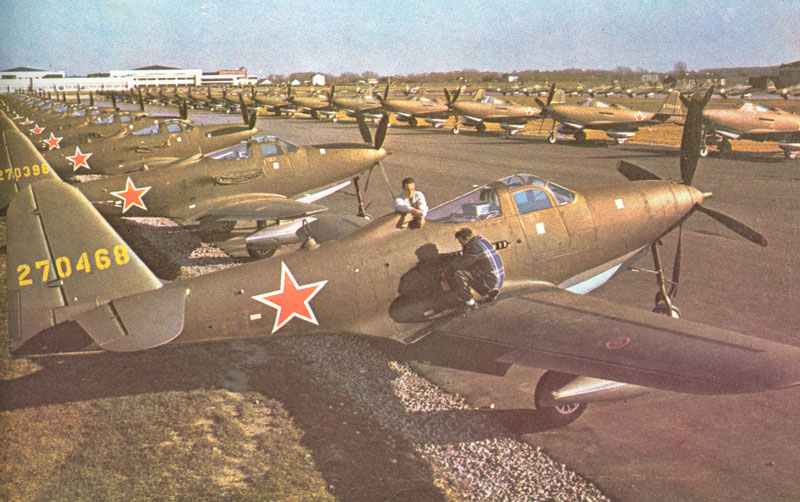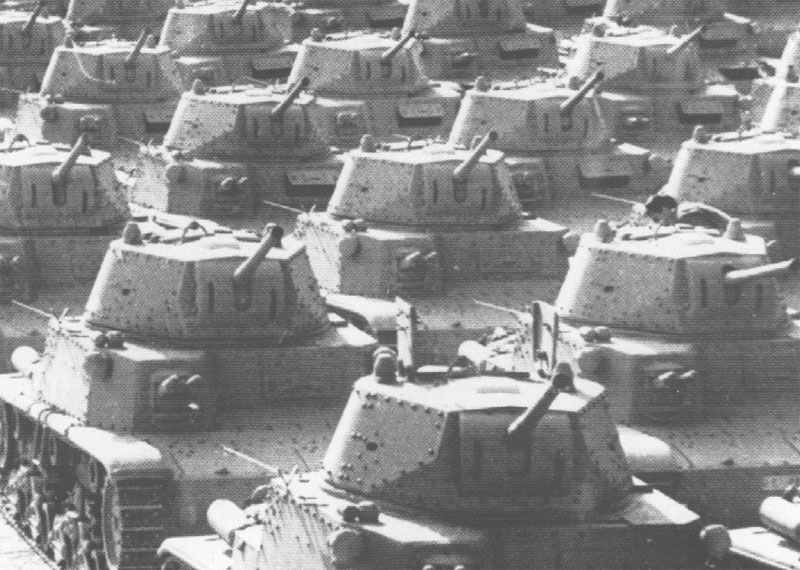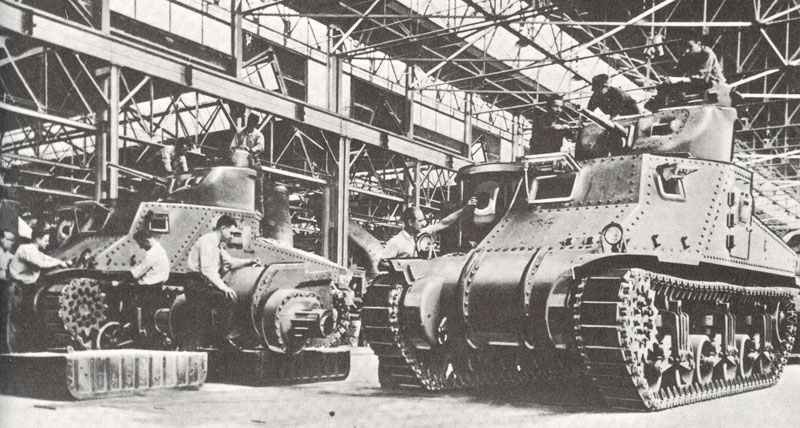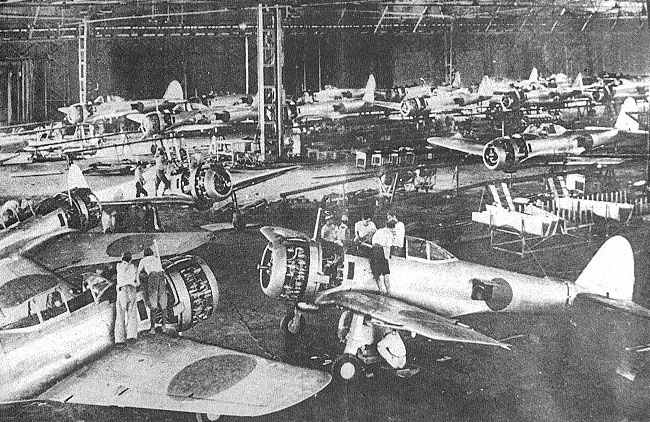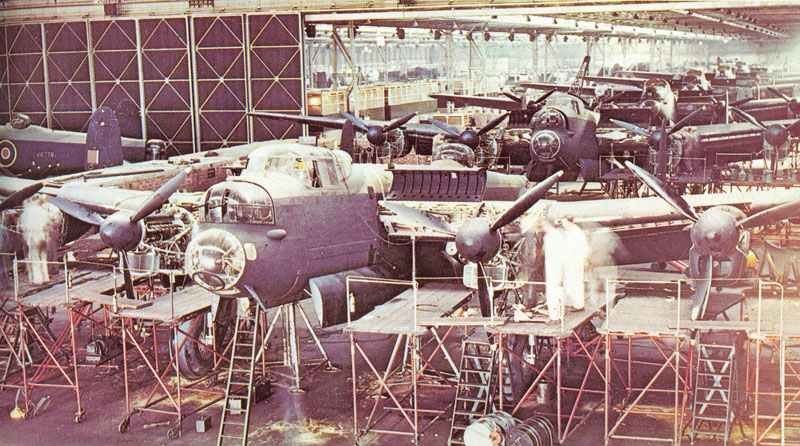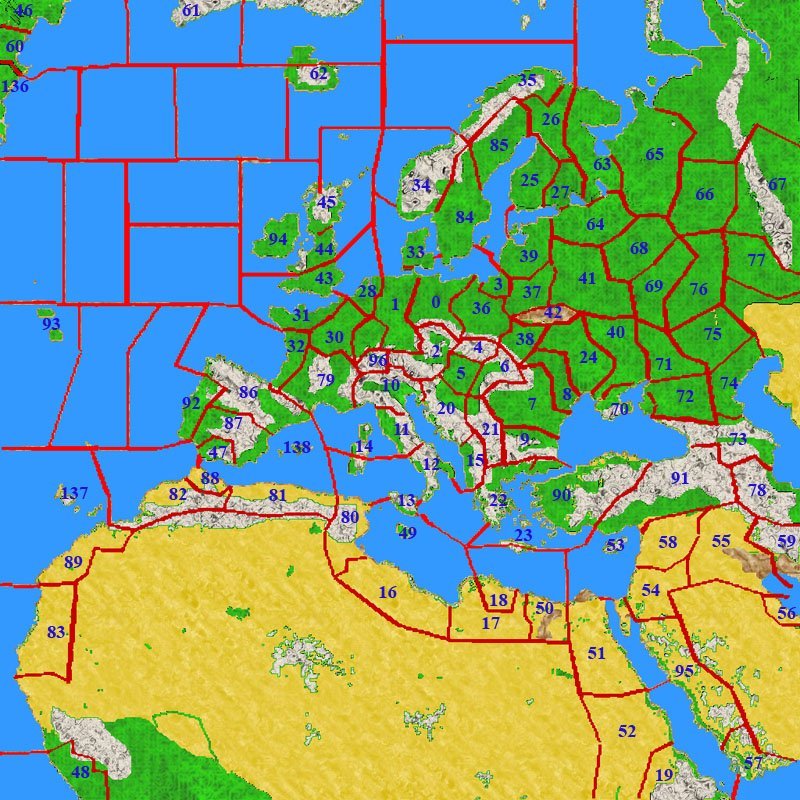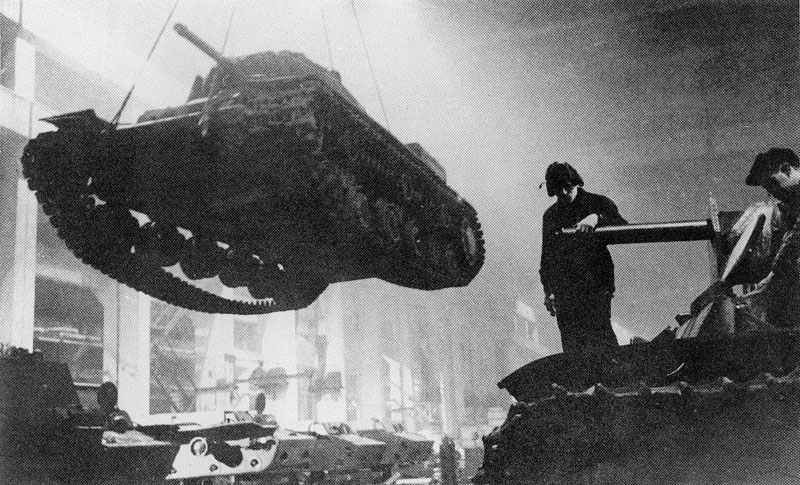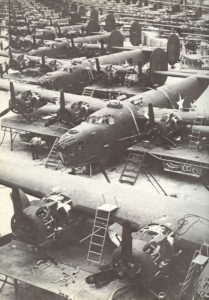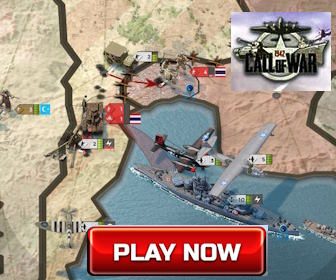Military armament production in WW2.
And this is achieved by a superior armament production, which is dependent on superior organization and labor power as well as access to more material resources.
This is why we are looking here on the comparison of production figures and access to important strategic raw materials during WW2. However, there also has further implications for the respective armaments’ production of the participating nations, such as the strategic air war, sea warfare and blockades.
The most important raw material for military armaments is the iron and steel sector. Iron and steel are the basis for every armament production and are the ‘key figures’ for what it is possible. However, even this can not decide a war, if no clear control and organization on priorities takes place.
During WW2 Germany produced three times as much steel as Soviet Russia, but the Russians were still able to muster 102,000 armored vehicles against 76,000 German-built vehicles. Only the US with 287,000 armored vehicles surpassed the Russian production again.
The Russians had a better and more reckless organization of the military production, concentrating on a few, key armament products, while in Germany they lived for a long time in a luxurious waste, producing numerous similar or competing weapon systems at the same time on a high technical standard. An engine for a tank with a long life and great driving performance may be useful in peace times to save costs – but in war on the front the tank will barely drive a few hundred miles before it is knocked-out!
It must, of course, be taken into account, too, that the Red Army was supplied by the US Lend-Lease program with many goods (esp trucks), which were thus hardly or not at all manufactured in Russia and instead tanks could be built for this purpose.
Also, Soviet Russia was not under pressure from a strategic air war on its cities nor had to wage an intense naval and U-boat war.
References and literature
Das Deutsche Reich und der Zweite Weltkrieg (10 Bände, Zentrum für Militärgeschichte)
Der 2. Weltkrieg (C. Bertelsmann Verlag)
Illustrierte Geschichte des Dritte Reiches (Kurt Zentner)
Unser Jahrhundert im Bild (Bertelsmann Lesering)
A World at Arms – A Global History of World War II (Gerhard L. Weinberg)


